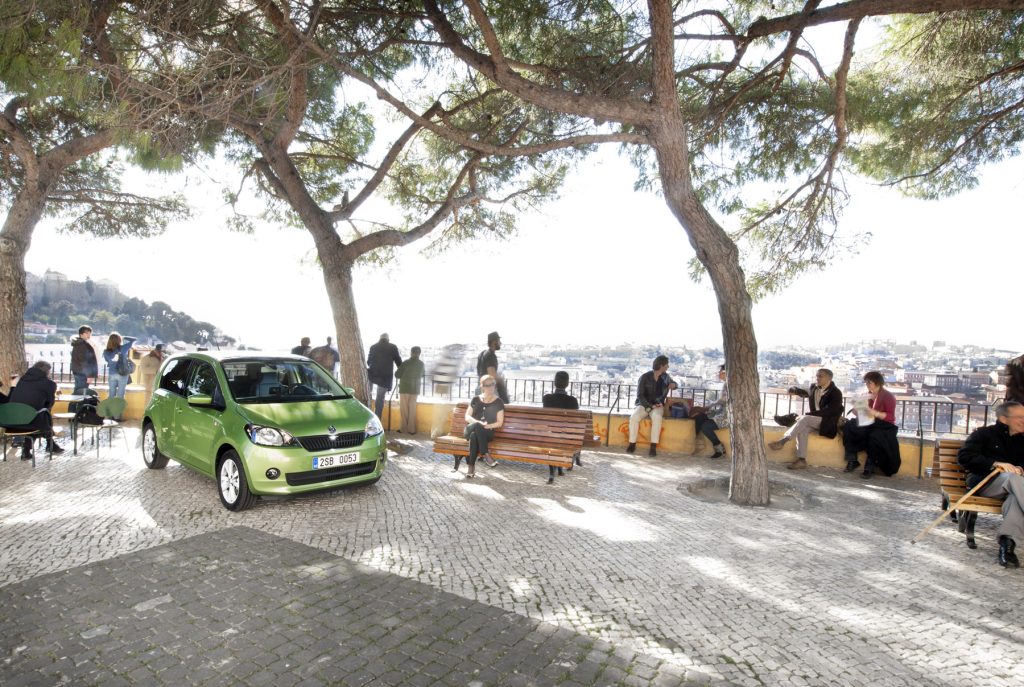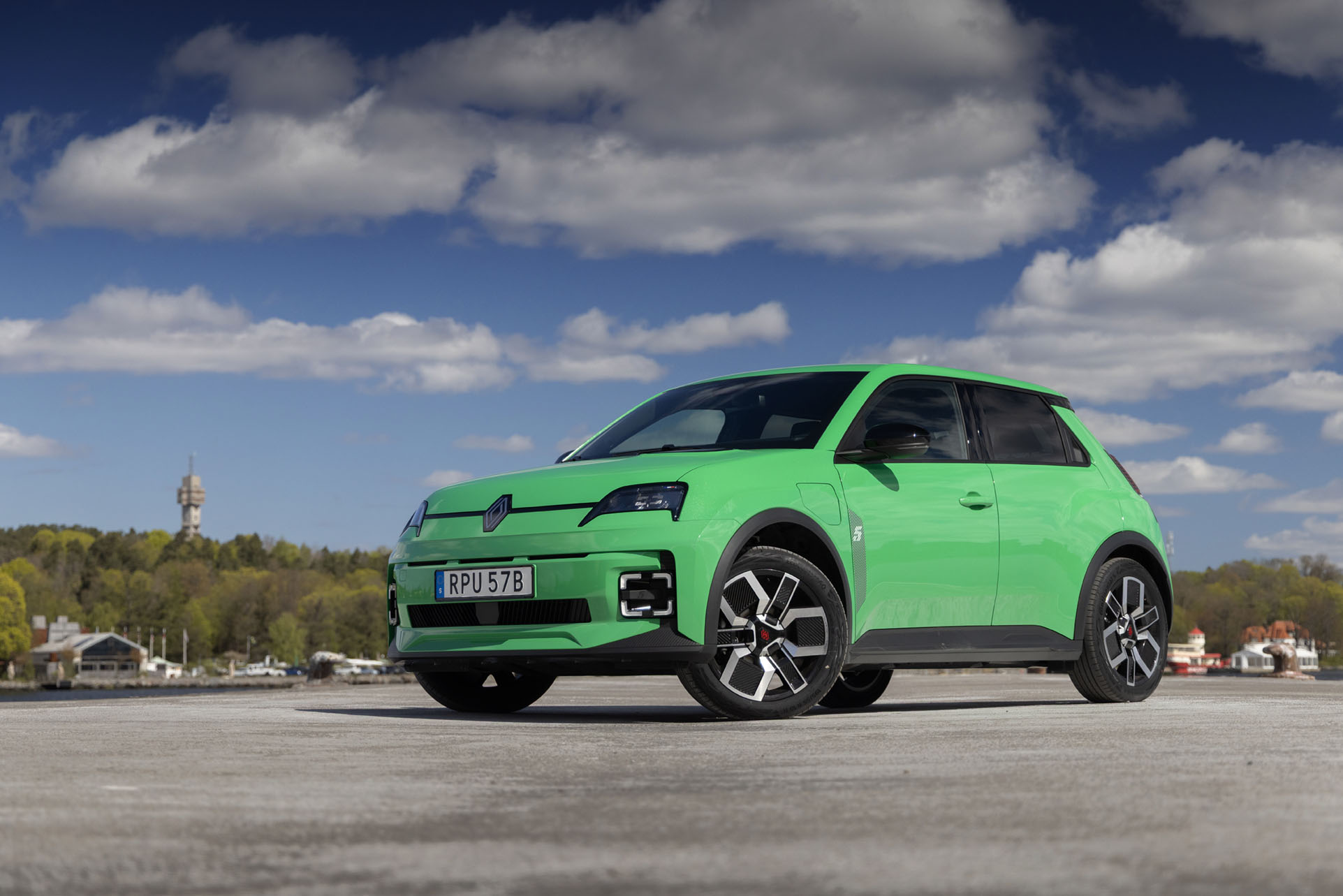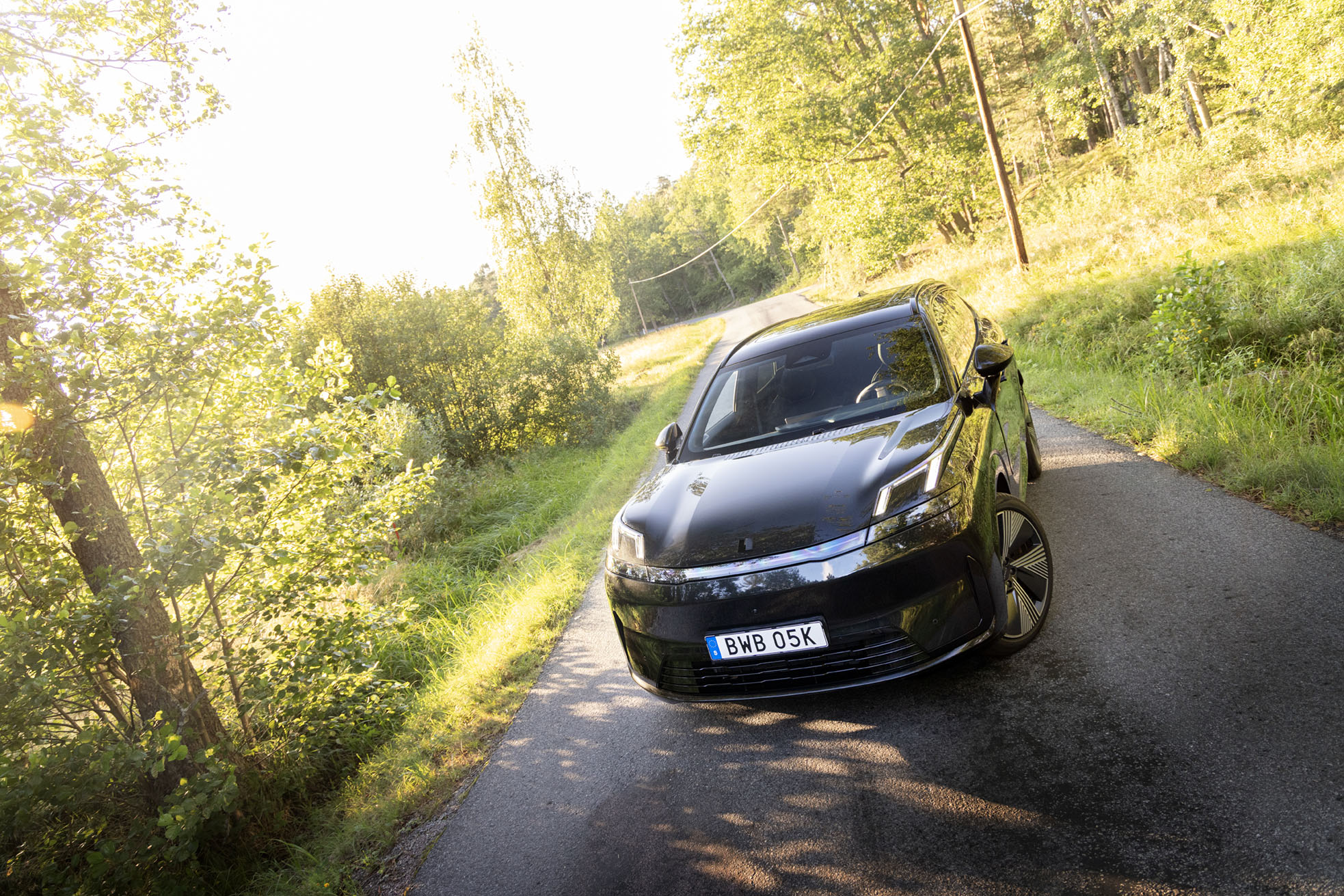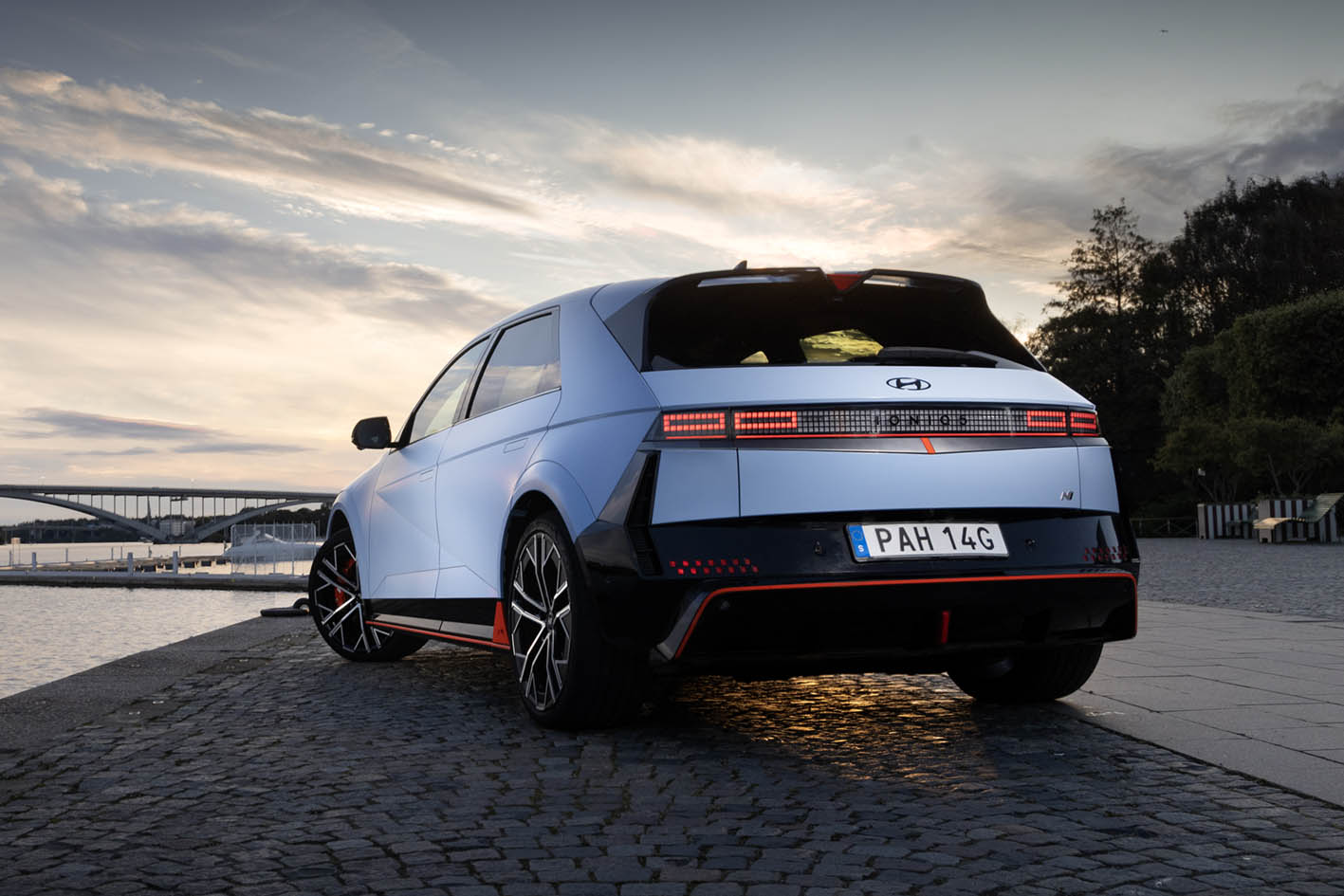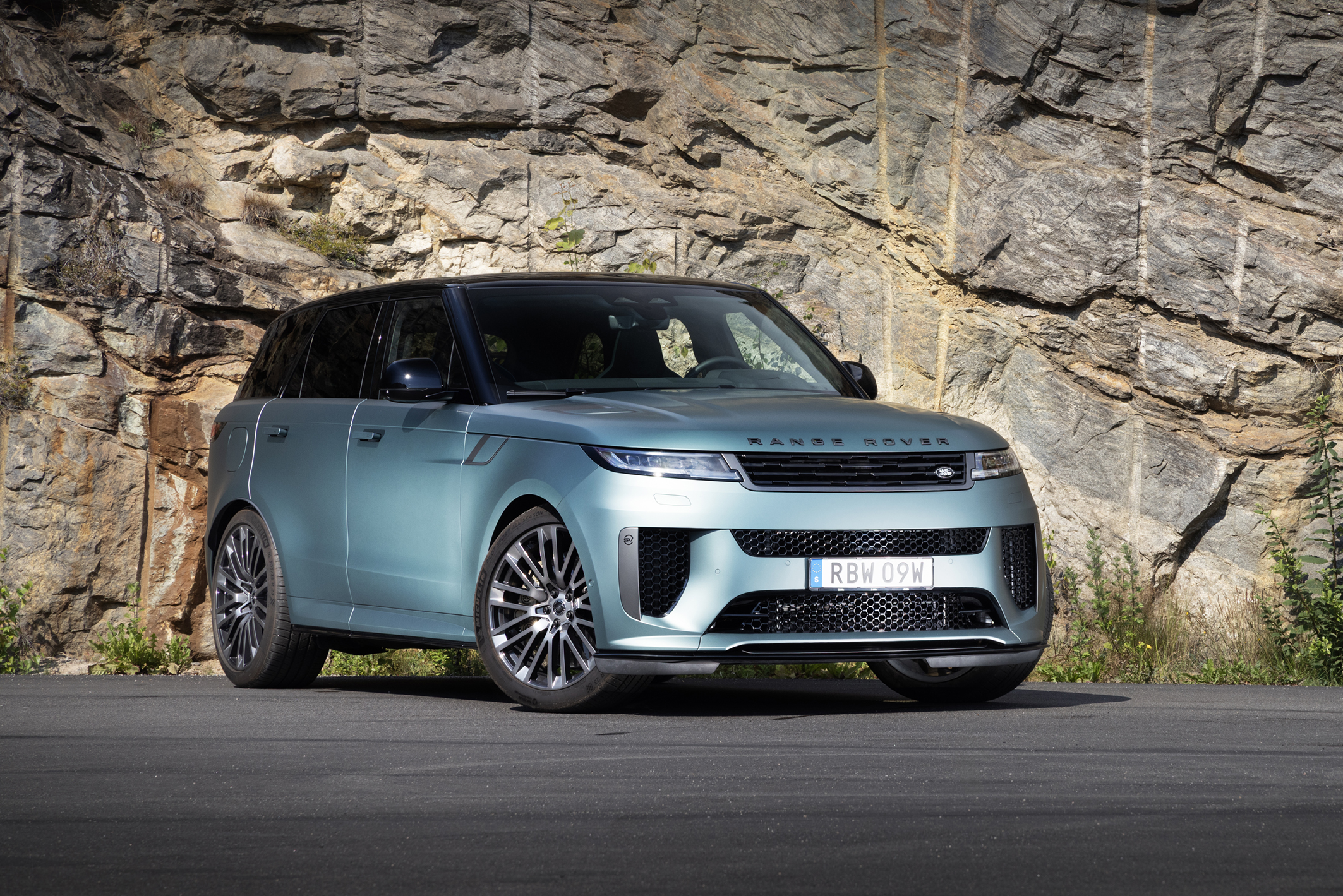
The article was originally produced on July 15, 2012, some facts and prices may have changed since then.
Skoda Citigo
The trend of really small minicars continues and Skoda, which has made a class journey like no other car brand, naturally has a smart city car in its model range.
Skoda has its roots back to 1895 but was then called Laurin & Klement. In 1924, they ran into problems and were then bought up by the arms manufacturer, Skoda. In connection with the Velvet Revolution and the fall of communism, in 1989, a collaboration with Volkswagen began, which in 2000 completely took over. Two of Skoda's most famous models during the time in the Eastern Bloc were the Felicia and the Octavia.

The story began within the Volkswagen group with the Lupo, which was the car with which you reached below 0.3 liters per mile. Following it, Audi came with its A2, a car built almost entirely in aluminum and which could be driven extremely sparingly thanks to its low weight. Since that time, a lot has happened in the minicar market, and almost every major car brand has some type of city car in its model range. Since the Lupo was presented in 1998, the VW group has not significantly updated the model and it was only now in 2012 that it presented the new minicar Up! for the world. Close behind Up! the sister brand Seat came with its version of the same car with the name Mii and now Skoda has also released a version based on the Up! with the name Citigo. The three models are therefore based on the same foundation with some difference both exterior and interior.

Just as the name Citigo suggests, this is a car adapted for the city, and preferably really tight little streets or tight parking pockets that you usually have to do without with a normal-sized car. The Citigo gets around almost everywhere in town and quite comfortably too. Despite its size, the Citigo is not perceived as small, from the driver's seat you have a good view and the surfaces inside the car feel well-proportioned with lots of smart solutions for storage. It is clear that the engineers worked hard on these practical solutions to make use of the small compartment. For example, you will find smart mesh pockets on the sides of the chair backs perfectly adapted for either a drink or the mobile phone, a place that has never been used by anything like this before. If you continue to look at smart things, there is a fold-out hook on the glove compartment that you can use to hang a bag or bag in to avoid having it running around on the floor. A perfect compartment for the mobile phone has also been created in the drink holder in front of the gear lever. It's easy to start wondering why all these nice solutions don't find their way into the big car models, but only these small minicars.


The Citigo is not a performance car, that's one thing you can say for sure, but for that matter it is anything but a boring and powerless machine that you sit in. The car is currently available with two different petrol engine options, basically the same engine with different effect. One with 60 horsepower and one with 75 hp. Going forward, a gas and possibly an electric version is also expected to come. Both engine options available today are environmentally friendly, and for the 60-horsepower model there is also a Green-tech version with stop/start function, low-friction tires and lowered ground clearance. The model Voyage took on at the test drive in Stockholm was the 75-horsepower, with a torque of 95 Newton meters, numbers that at first glance do not feel so impressive. But once you sit there behind the wheel and start to trick your way through the dense city drama, the Citigo is actually experienced as quite smart in its suit. Out on the highway, 100 km/h is reached after just over 13.2 seconds and the top speed is at 170 km/h, absolutely sufficient for those who will use the car for everyday errands in and around the city limits. A mountain trip in the Citigo with all that it entails cannot unfortunately be recommended, a trip for two down to summery Österlen goes all the better. Four people travel without crowding in the Citigo with some packing, not everything fits but some and more than you think thanks to smart solutions in the luggage compartment. The model is available in both five- and three-door versions, so those who want extra comfort in the front and know that the seats in the back will not be used much should choose the slightly nicer three-door version.



Just because you have chosen to buy a small city-practical car, this should not mean that you should feel less safe than in another car of a larger class. Skoda has taken this seriously, which meant that the model has five stars in the Euro NCAP crash test and this is the highest rating. As standard on the Swedish market, all Citigos will be equipped with a so-called emergency braking system that works fully automatically at speeds up to 30 km/h.



The overall impression is really good for the Citigo and the model feels just right for today's increasing and ever denser city traffic. Sales start for the Citigo will be in September and prices will start at SEK 102,500 for the 60-horse version, while the 75-horse will be at 118,300 with an Elegance package where, among other things, AC is included and preferred. After a full day in Stockholm's area code, it's easy to fall for this little green minicar, the Citigo actually feels very nicely balanced and much less noisy than the outside promises. So as a complement to the regular car, a Citigo would fit like a glove
+ Practical car in a small format with smart solutions.
- A car of this size will of course have certain space limitations.
the glove.
Skoda Citigo
| Basic price | SEK 102,500 |
| Engine | 1-litre petrol three, 60 or 75 hp. Torque 95 Nm |
| Transmission | 6-speed manual gearbox, front wheel drive |
| Acceleration | 60 hp: 0-100 in 14.4 sec |
| Top speed | 60 hp 160 km/h, 75 hp 171 km/h |
| Fuel consumption mixed driving according to the manufacturer | 4.5-4.7 l/100 km. Green-tech 4.1. l/100 km |
| Weight | 981 kg |
| Guarantees | 2-year new car, 12-year rust, 3-year carriage damage warranty |
| Web | www.skoda.se |
